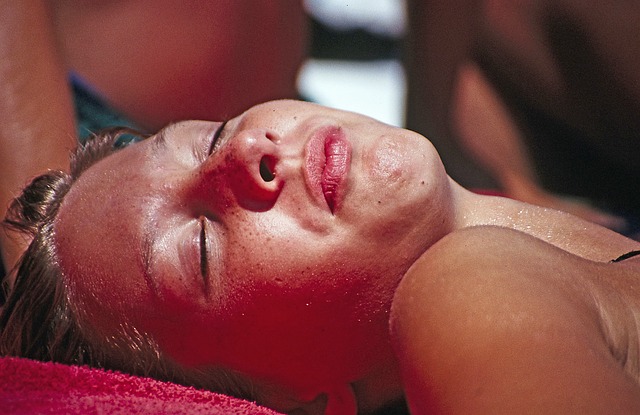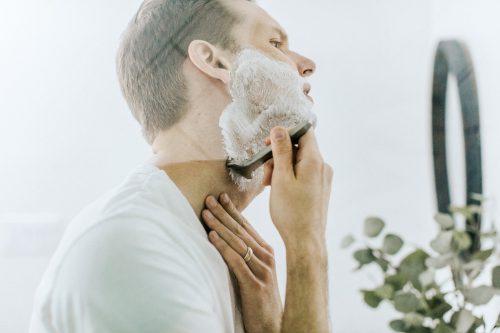Rosacea Awareness: What is Rosacea? What Does it Look Like?
According to the National Rosacea Society, rosacea is a progressive acne-like condition that starts from the face and over time, may spread to other parts of the body including the chest and neck. The condition causes painful pimple-like bumps to appear on various parts of your face including the ears, eyes, nose, cheeks, forehead, and chin.
In addition to being painful, the condition may also cause facial swelling. When left untreated, it may cause the capillaries (small blood vessels) on your face to dilate and become visible on the skin. Furthermore, it may cause your skin to become hard and thick, causing your nose to appear enlarged. 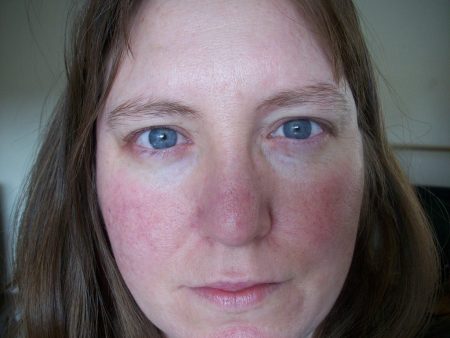
Currently, this condition affects more than 15 million people in the US alone and about 45 million people worldwide. The risk factors for it include age, hereditary factors, gender, and race. With that in mind, here is a detailed look at this potentially life-disruptive skin condition.
The Different Types of Rosacea
As mentioned above, rosacea is a progressive skin condition, meaning its symptoms tend to get progressively worse over time. In essence, rosacea progresses in four distinct stages, with the signs and symptoms of the disease varying at each stage. Because of this, researchers have classified rosacea into four subcategories. These subcategories include:
Erythematotelangiectatic or Vascular
Erythematotelangiectatic or vascular rosacea is essentially early-stage rosacea (pre- rosacea), meaning it is a mild condition. The signs and symptoms of erythematotelangiectatic rosacea include chronic skin redness, flushing of the skin and in some cases, telangiectasia (visible capillaries). The treatment options for this type of rosacea include laser treatment and oral or topical rosacea medications, such as minocycline and doxycycline. However, it is important to note that these treatment options do not completely cure the disease. In other words, they only relieve the symptoms of the disease.
Inflammatory Rosacea or Papulopustular
This is the second stage of the disease. At this stage, pustules and papules will appear on your face, causing you to experience persistent facial redness and flushing. To relieve the symptoms, use topical gels such as metronidazole.
Phymatous
At the third sage (phymatous rosacea), the symptoms include all the symptoms for stages one and two, as well as the growth of new skin tissue on the affected areas, causing your skin to become hard and thick. Moreover, the excess skin tissue may cause your nose to grow bigger and become bulbous, a condition called rhinophyma. To get rid of the excess skin tissue, you would need to undergo surgery or laser treatment.
Ocular
This is the fourth and final stage of the disease and as the name implies, it primarily affects the eyes. The signs and symptoms associated with this type of rosacea include a burning sensation of the eyes, blurred vision, recurrent styes, swollen eyelids, tearing and dry eye. It is worth noting that, when left untreated, ocular rosacea can easily damage the cornea, eventually causing blindness. Physicians usually use low-dose antibiotics to manage this condition.
At this point, it is important to note that you can develop all the aforementioned types of rosacea either in sequence or at once. In fact, it is quite common for patients to develop multiple types of rosacea at once. Additionally, it is worth noting that, although rosacea is a progressive condition, it does not always progress from one stage to another. However, the symptoms tend to get progressively worse over time. For this reason, you should seek medical attention as soon as possible, even for early-stage rosacea.
Risk Factors
While rosacea can affect virtually anyone, certain people are more susceptible to the disease. According to surveys by the National Rosacea Society, the risk factors for rosacea include:
- Age – A survey by the National Rosacea Society found that rosacea mainly affects people aged 30 years or older. Specifically, the survey revealed that people between the ages of 30 and 50 account for nearly 45% of all new rosacea infections, people above the age of 50 account for nearly 40% of all new infections and people under the age of 30 account for only 17% of new infections.
- Fair skin – the aforementioned survey also found that people with fair skin account for more than 70% of all rosacea infections.
- Blushing and flushing – People who tend to blush and flush easily are nearly six times as likely to develop rosacea compared to people who do not blush or flush easily.
- Hereditary factors – People with a family history of rosacea are more likely to develop the disease.
- Ancestry – Although rosacea affects people of all racial backgrounds and nationalities, Americans of Eastern European, Scandinavian, Scottish, Irish and English ancestry are particularly prone to the condition.
- Gender – The disease is more common in women than in men.
Treatment Options
Oral and Topical Therapies
Currently, there is no cure for this long-term skin condition. However, oral and topical therapies can help manage the condition and ease the symptoms of the disease. Long-term use of topical therapy is particularly important to maintain remission. In certain cases, dermatologists use both invasive and non-invasive surgical techniques to manage the condition. This includes laser skin treatments that we offer at our office.
Skin-Care 
You can use a gentle-skin care routine to manage the condition. In essence, you should clean your face with a non-abrasive cleanser and lukewarm water. After cleaning your face, blot it dry with a soft cotton towel instead of rubbing it with a rough washcloth. At the same time, always wear sunscreen with an SPF of at least 15 when outdoors in the sun.
Lifestyle Management
Things that increase blood flow to the surface of your face can actually aggravate the condition. For this reason, you should identify and avoid triggers.
Rosacea is a long-term skin condition that mainly affects people ages 30 and older. The signs and symptoms of the disease include pimples that appear on the face, neck, and chest. Researchers do not yet know what causes this condition. As a result, there is no current cure for the condition. The available treatment options, including oral, topical and surgical therapies, only manage the symptoms of the disease. If you suspect you have rosacea, contact us for a consultation today.
SaveSave
SaveSave
Lear MoreSkin Care Tips for Men
Healthy skin and skin care routines are not just for women, men need to take care of their skin as well. Your skin is the barrier protecting your body from the outside elements, so protecting it is very important for your overall health. Here are some skin care tips for men.
What is a Holistic Approach to My Skin Care and Health?
A holistic approach to health involves treating your body as a machine. This means that each part needs to be tended to in order to keep the other parts functioning properly. Here are some ways you can take care of your body holistically:
- Be Attentive to Your Whole Body
- Eat Well
- Exercise Regularly
- Rest Well
- Keep Stress Levels Low
When many people think of skin care and dermatology, they only think of the skin on the face. However, skin care is about total body care. While it is true that some areas of the skin may be more sensitive or easily noticeable than others, it is a single organ that needs to be tended to. Therefore, use products that protect all of your skin—this includes full-body moisturization and finding a soap or body wash that does not dry out your skin.
There are some people who can eat poorly without seeing negative effects on their skin. However, for most of us, what we eat and how we live will directly affect our skin. As such, the first step to healthy skin is usually the same as taking the first step toward good general health—eat well and drink plenty of water.
Opt for natural, organic, and non-processed food items during mealtimes. A great place to start is increasing your fruit and vegetable intake. If you eat meat, stick to a leaner variety. Avoid sugars, sodas, and overly-salty foods.
Be sure to get regular, vigorous exercise as well. Exercise helps you exfoliate the skin, release toxins, manage your weight, and metabolize the food you eat. We recommend exercising each day at varying levels of intensity for at least half an hour.
Be sure to get the rest you need. Deep, relaxing sleep helps the body recuperate and replenish itself. This includes the skin. Without sufficient rest, the skin is likely to look aged, wrinkled, or swollen. The opposite is also true. Periods of physical and mental rest can do wonders for your total health and skin.
We may not be able to control all that we face, but we can manage how we respond to it. Developing a system of coping mechanisms—from meditation to nature walks—is a good place to start. This will prevent stress lines and promote overall well-being.
Should I Develop a Skin-Care Routine?
Yes! What you do to your skin topically is just as important to how well you eat and otherwise take care of yourself. The products you use and the actions you take can directly affect the look and feel of your skin. While it is often the last thing men think about, a skin-care routine including cleansing, moisturizing, and utilizing anti-aging options is the place to start.
Why is Moisturizing Important?
Many people undervalue and underutilize moisturizing, particularly men. Some consider it to be too feminine, while others are simply unaware of the value of a good moisturizer for one’s skin, and especially for men. Now that you have been informed, your next step is to seek out a moisturizer that works for you.
Admittedly, because men and women are different, it is important that men choose from among the moisturizers that are engineered for their skin.
What is a Good Shaving Routine to Protect My Skin?
Shaving is an important part of grooming for men. It is important to do it properly to avoid razor burn and other skin irritations. Therefore, when shaving your face, use this checklist:
- Wet your facial hair thoroughly.
- Use a high-quality shaving cream—these usually moisturize the skin and are less irritating to sensitive skin.
- Use high-quality shaving tools including a beard brush and a quality razor with clean and frequently-changed blades.
- Cleanse properly after shaving and use an aftershave lotion.
Should I Do Anything Differently for My Skin in the Winter?
All the aforementioned tips are great for every season of the year and should be practiced daily. However, these tips are particularly important for those times of the year when the weather is harshest.
In other words, it is even more important to use an effective moisturizer during the drying winter months. Contrary to popular belief, it is also important to wear sunscreen during these colder months. Cold weather does not mean the sun can no longer cause burns or other skin damage. Also, increasing water intake during these months can help. Adequate hydration maintains fresh, youthful-looking skin and serves as great support for the other topical options you are using.
Contact Us for More Skin Care Options
Here at Universal Dermatology and Vein Care, we offer skin care services, treatments, and product options that both men and women can benefit from. Available options are tailored to suit a wide range of skin conditions and skin-care goals and routines. The best place to start is by scheduling a consultation with one of our qualified dermatologists. Contact us today!
Lear MoreWhy You Should Use Sunscreen and How to Find the Best Kind for You
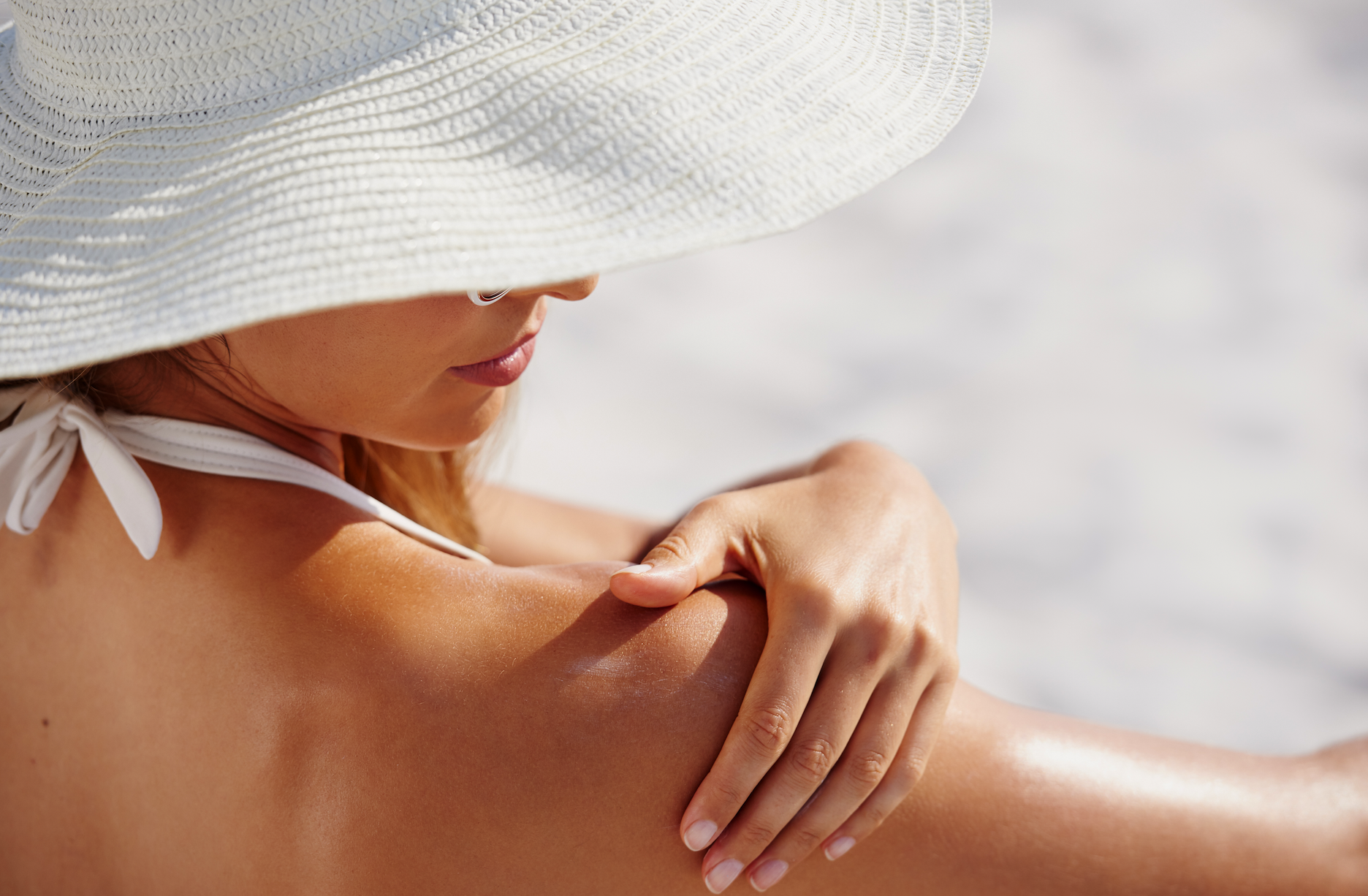 Spring means sunshine and sunshine means outdoor activities. While soaking up the sun has its benefits, such as providing the body with a natural source of vitamin D, it is important to use caution when spending extended periods of time outside. The ultraviolet (UV) rays from the sun can be very damaging to the skin. In fact, UV rays from the sun are directly responsible for skin conditions such as premature aging. sunburn and skin damage that can lead to skin cancer.
Spring means sunshine and sunshine means outdoor activities. While soaking up the sun has its benefits, such as providing the body with a natural source of vitamin D, it is important to use caution when spending extended periods of time outside. The ultraviolet (UV) rays from the sun can be very damaging to the skin. In fact, UV rays from the sun are directly responsible for skin conditions such as premature aging. sunburn and skin damage that can lead to skin cancer.Tips for Finding the Best Sunscreen for Your Skin
The technology used to make sunscreens is constantly evolving. Today, the best kinds offer fuller protection against both UVA and UVB rays. Some scatter the UV rays and others absorb them before they get to the skin. In sifting through the broad spectrum of sunscreens, ensure the sunscreen has:
- An SPF of 15 or higher to protect against UVB rays
- Titanium dioxide, ecamsule, avobenzone, oxybenzone, zinc oxide, or sulisobenzone among the ingredients as they indicate protection against UVA rays
- Sweat and water resistance
In addition to ensuring the sunscreen has the right properties, it is important to use sunscreens as directed in order to gain maximum benefits. When using sunscreen, keep these application tips in mind:
- Apply the sunscreen at least 15 to 30 minutes before going out into the sun
- Lather properly- not using enough sunscreen can leave your skin open to the harmful rays from the sun
- Remember those spots everyone forgets, such as the ears, feet, back of the legs, bald spots and you should even use UV-protective lip balm for your lips
- Reapply your sunscreen at least every 2 hours
- Use your sunscreen even on overcast days
Sun Protection and Sunburn Prevention
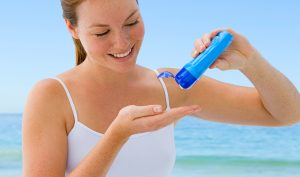
Sunburn prevention and sun protection precautions to help us stay protected from overexposure and sunburns.
Of course, the obvious way to avoid sunburn and the other damaging effects of the sun on the skin is to avoid being in the sun. However, this is not always a realistic option (especially during the summer), so the next best thing is to take preventative measures designed to help reduce the harmful effects of the sun. Here are a few tips to help you prevent sunburn during your outdoor activities:
Wear sunscreen. As you probably know, wearing sunscreen is one of the best ways to avoid sunburn. Sunscreens are designed to be topically applied to the skin to block out the harmful rays of the sun. The best sunscreens are those with an SPF of 15 or greater (the greater, the better). When using sunscreen, pay attention to the following, as they will all affect how effectively the sunscreen will work:
– the amount of sunscreen applied to the skin (SPF of 15 or more)
– how often it is applied (or reapplied)
– the time of day it is being applied is
Sunscreen should be generously applied, and reapplied when necessary, especially during the times of the day when the sun is at its peak (like noon for example). It is generally recommended that sunscreen is reapplied about every two hours or so for maximum effect. Still, as different sunscreen brands come complete with their own set of directions for use, be sure to pay attention to the same.
Use umbrellas. Rain or shine, use your umbrella this summer! Umbrellas are effective tools for sun protection and sunburn prevention. Using an umbrella outdoors can help to block the sun’s rays from coming into direct contact with the skin. This tip can be used along with using sunscreen, particularly during the hottest times of the day. Grab a cold drink and enjoy a beach day in the shade under your umbrella!
Re-organize your schedule when possible. In addition to the above tips, try to limit your time in the sun during the middle of the day, when the sun is the hottest. Plan your run for the early morning or your pool party in the late afternoon when the sun is less harmful.
Protective clothing. Wearing sun-protective clothing or hats is a simple and effective strategy for reducing sunburn and sun poisoning. Sun protective clothing like wide brim hats is a great option for protecting your face from the sun. Retailers that specialize in sun-protective items, such as https://www.sundayafternoons.com, are a great place to start on the search for your warm-weather accessories. #dontforgetyourhat
Lear More
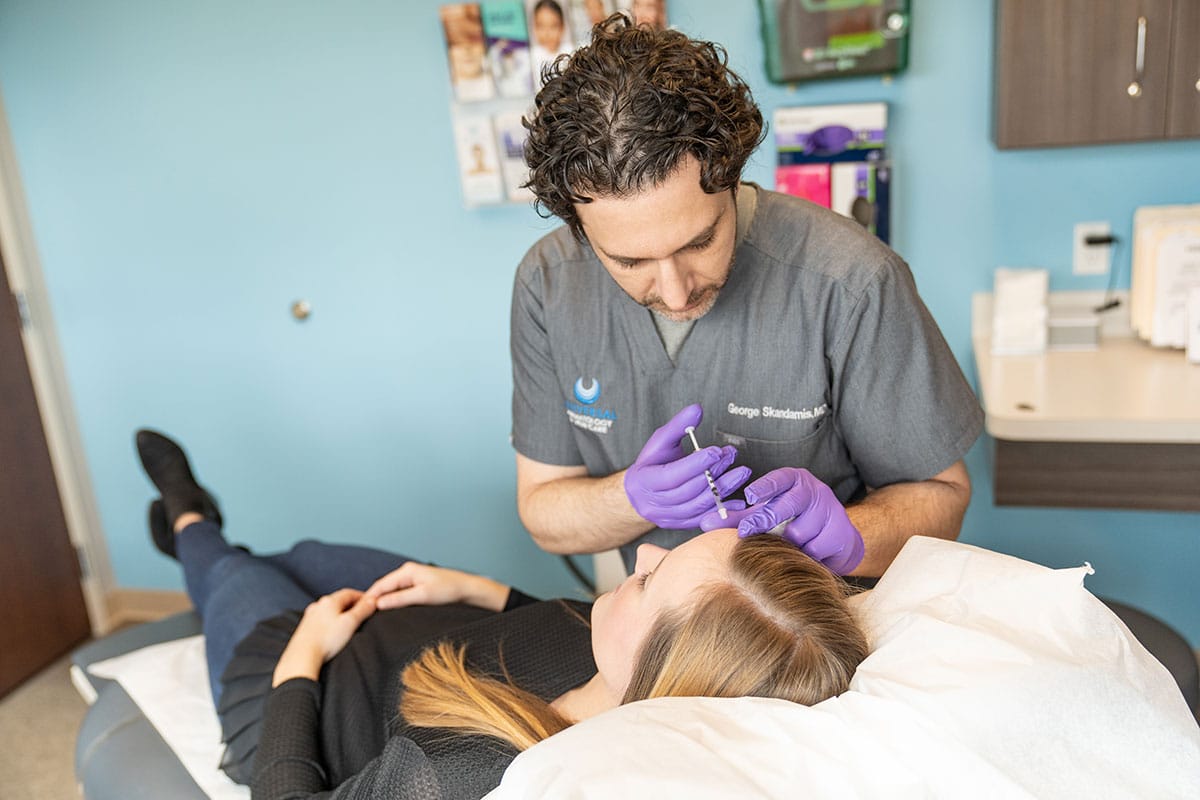 Our Dermatologists
Our Dermatologists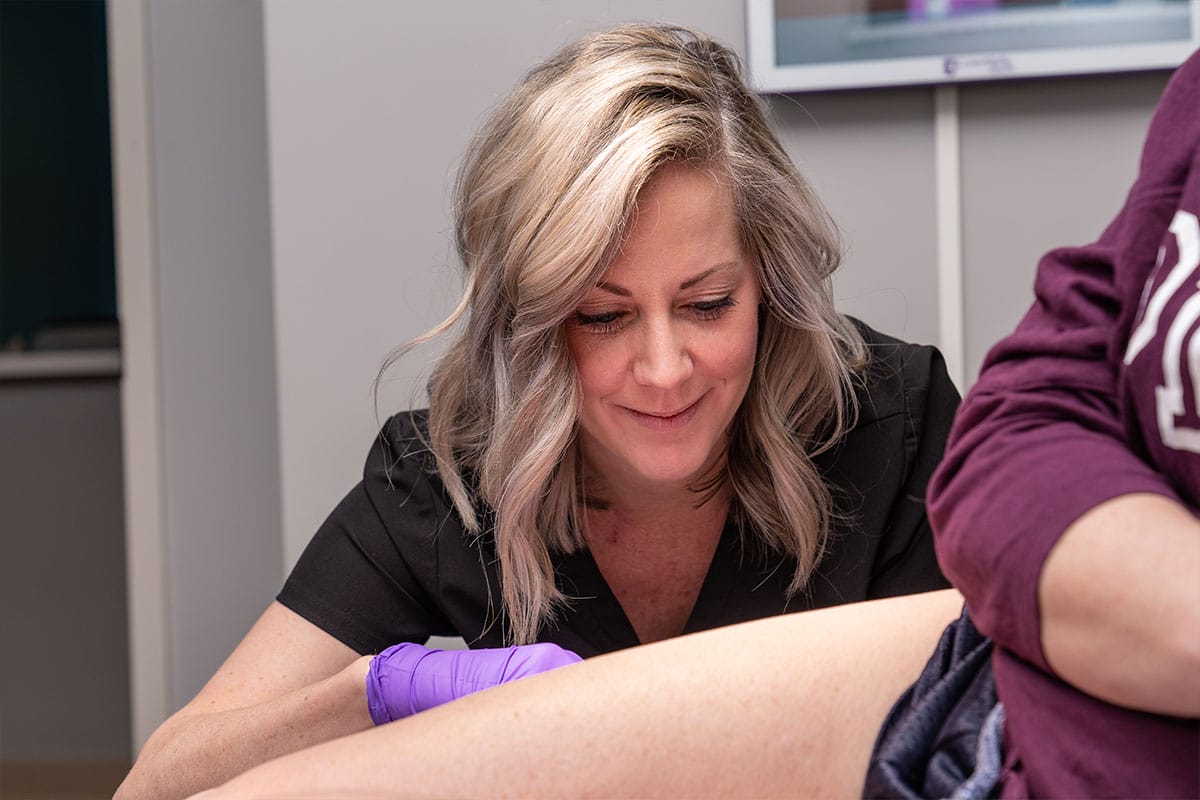 Our Providers
Our Providers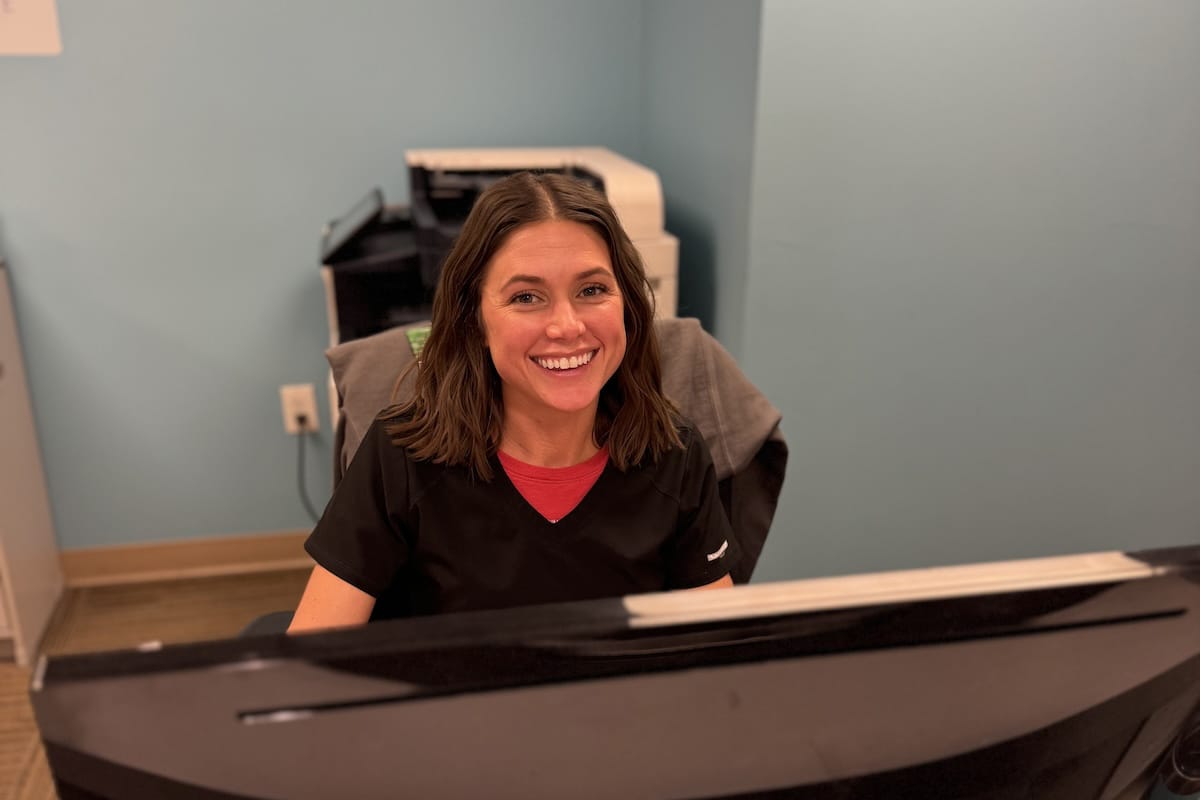 Our Staff
Our Staff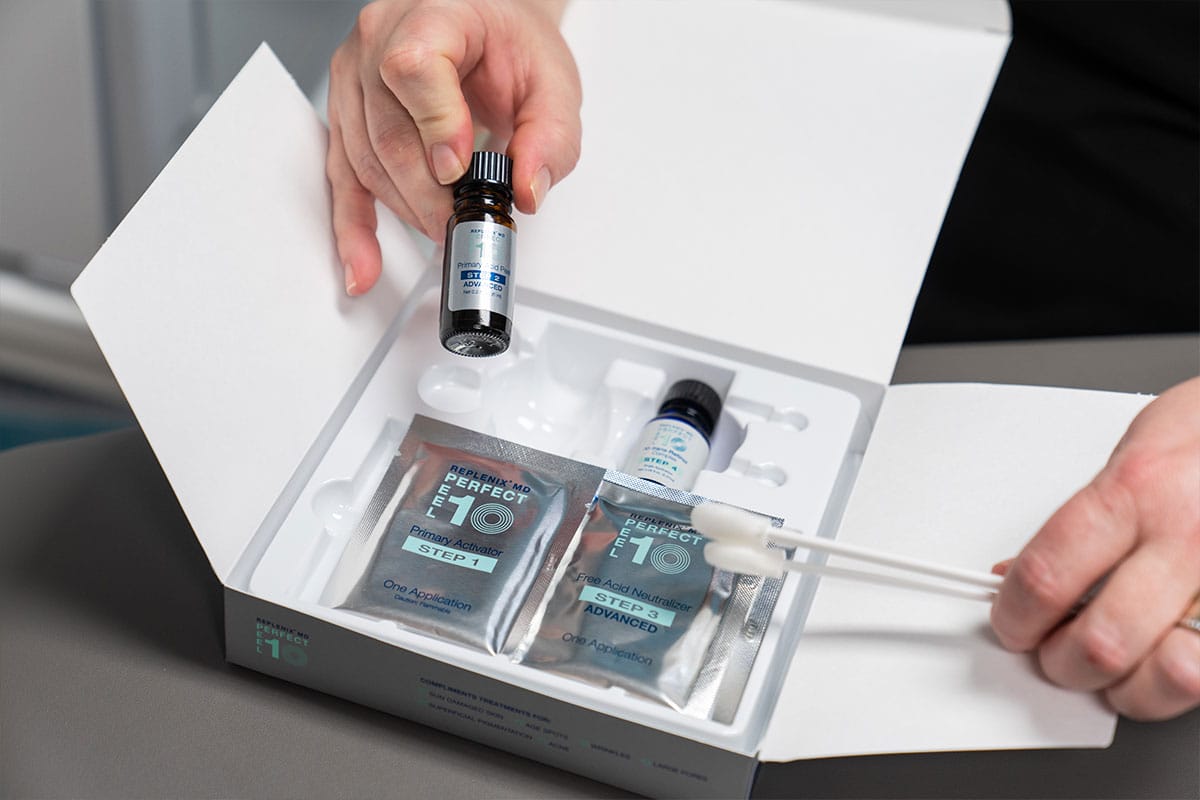 Specials
Specials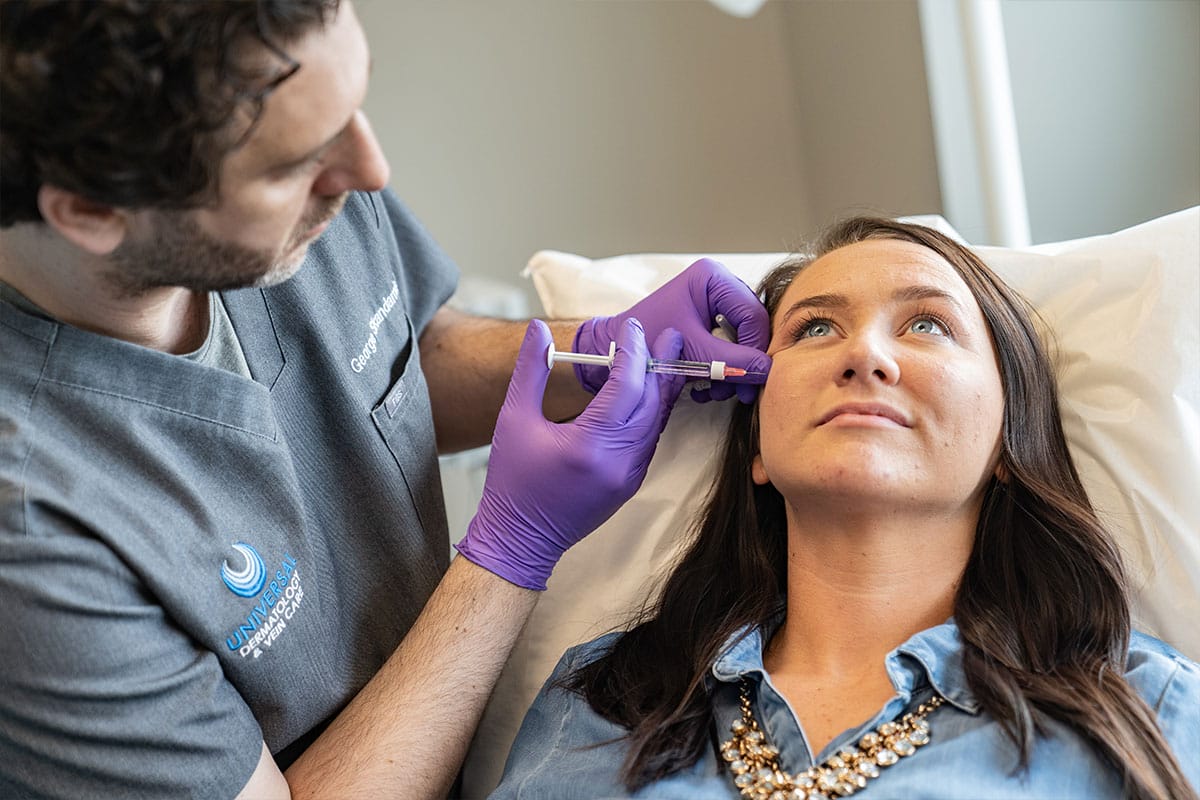 Financing
Financing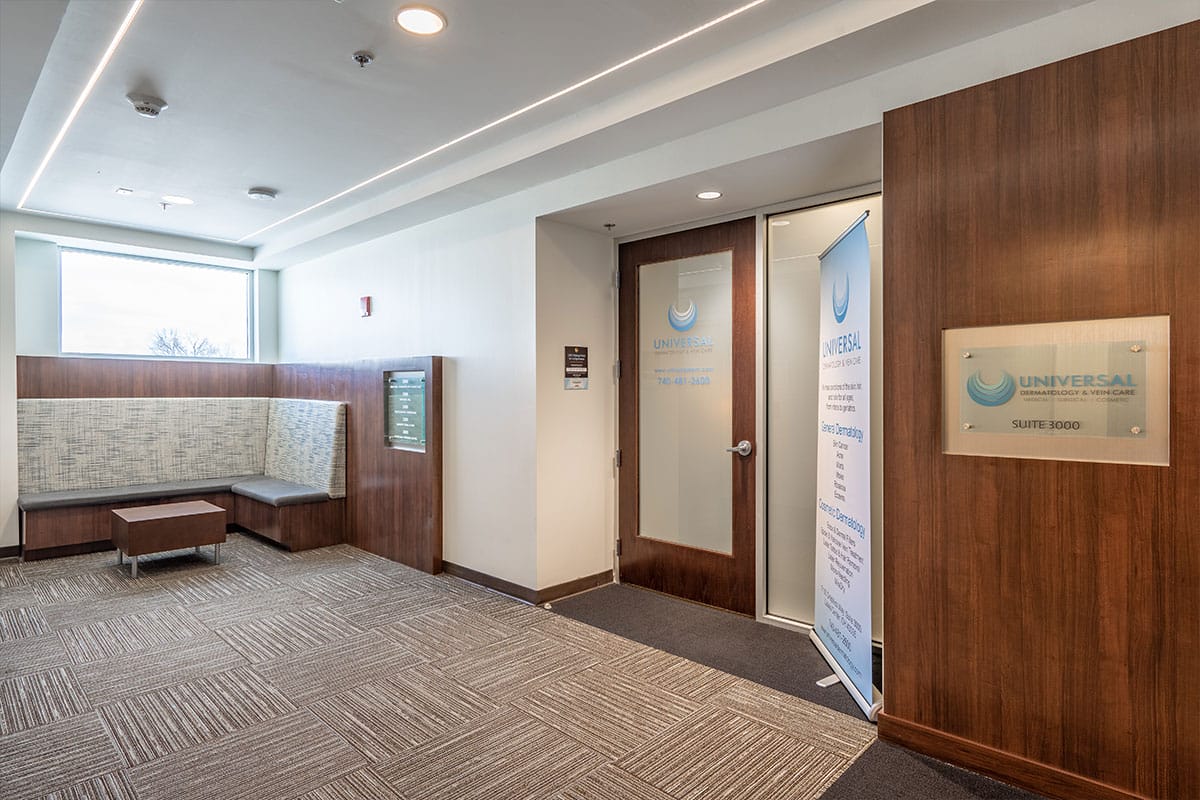 Pay Bill Online
Pay Bill Online